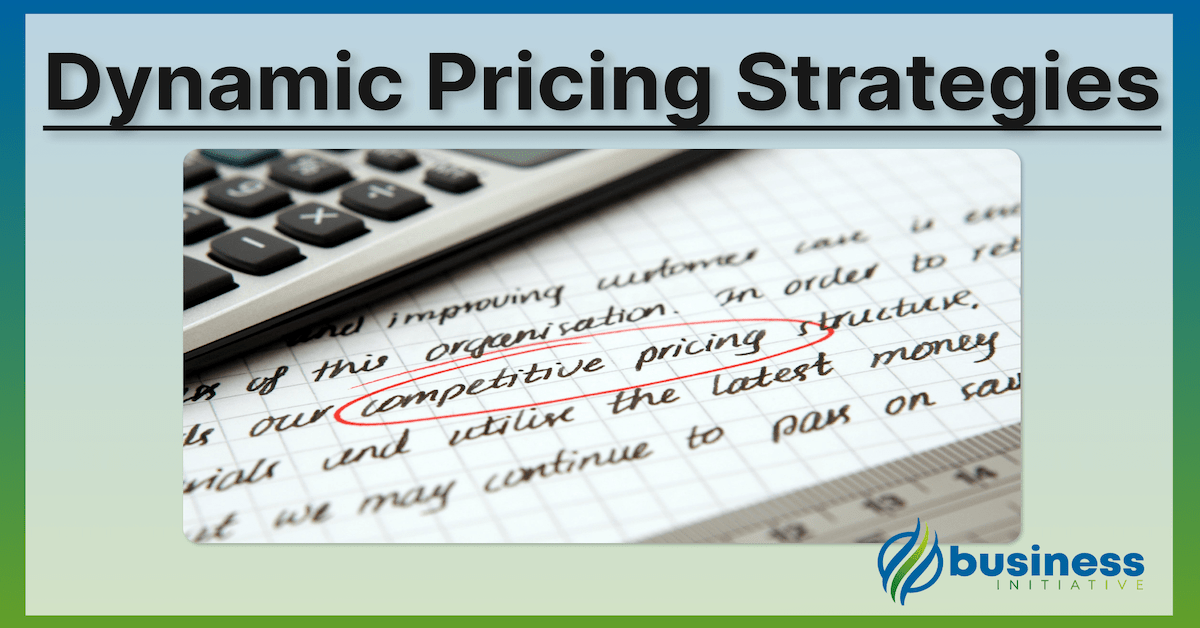In today’s fast-paced business landscape, staying ahead of the competition requires more than just a fixed pricing strategy.
Dynamic pricing, a data-driven approach to price optimization, has emerged as a game-changer.
This article is your key to understanding dynamic pricing, its significance, and how to harness its potential.
 Key Takeaways
Key Takeaways
- Embrace Dynamic Pricing for Competitive Edge: Essential for staying ahead in a fast-evolving market.
- Data-Driven Strategy is Crucial: Utilize market data, customer behavior, and competitor analysis.
- Applicable Across Various Industries: Versatile strategy suitable for e-comm, airlines, hotels, etc.
- Integrate Technology: Employ algorithms and real-time pricing software tools.
- Constant Monitoring and Adaptation: Regularly update strategies in response to market and customer shifts.
Discover the power of adapting your prices in real time based on market conditions, demand fluctuations, and competitor moves.
We’ll delve into real-world examples of dynamic pricing in action across industries like airlines, hotels, ride-sharing services, and e-commerce.
To make the most of this article, keep an eye out for practical insights on implementing dynamic pricing in your own business.
 Table of Contents
Table of Contents
We’ll guide you through data collection, algorithm development, and the use of software tools.
Are you ready to boost your profitability and competitiveness? Dive into the world of dynamic pricing with us.
Read on to unlock the secrets of dynamic pricing!
What is Dynamic Pricing?
Dynamic pricing is a data-driven pricing strategy that allows businesses to adjust prices based on current market conditions.
This strategy uses algorithms and data analysis to optimize prices for maximum profit and can be used in a variety of industries.
➤ MORE: Use our FREE cost-plus calculator to boost your profit margins!
Examples of Industries Using Dynamic Pricing

Dynamic pricing is not a one-size-fits-all strategy…
It’s a dynamic approach that adapts to real-time market conditions.
To truly understand its power, let’s explore how various industries leverage dynamic pricing to their advantage.
E-commerce Retailers
E-commerce platforms frequently employ dynamic pricing strategies.
Retailers can adjust the prices of their products based on various factors, such as competitor prices, inventory levels, and customer behavior.
For instance, if an e-commerce retailer notices that a competitor is offering a similar product at a lower price, they may automatically lower their own prices to remain competitive.
Additionally, they might increase prices for items that are in high demand or decrease prices to clear out excess inventory.
Ride-Sharing Services
Companies like Uber and Lyft utilize dynamic pricing to determine ride fares.
When there’s high demand for rides in a specific area or during busy times (e.g., rush hour or bad weather), the ride-sharing apps may apply surge pricing, increasing the cost of rides to incentivize more drivers to become available.
As demand decreases, so does the pricing.
Airlines
Airlines are well-known for implementing dynamic pricing strategies.
They adjust ticket prices in real time based on various factors, including demand for specific flights, time of booking, seat availability, and historical pricing data.
For example, if a particular flight route is in high demand and seats are filling up quickly, the airline may increase the ticket prices to capitalize on the demand.
On the other hand, if a flight isn’t selling well, prices may be lowered to attract more passengers.
Hotels
The hotel industry also relies heavily on dynamic pricing.
Hotels adjust room rates based on factors like occupancy levels, seasonal demand, local events, and even weather conditions.
During peak tourist seasons or major events in a city, such as a music festival or a conference, hotel prices tend to rise.
Conversely, during off-peak periods, hotels may offer discounts to attract guests.
These examples illustrate how dynamic pricing is a versatile strategy used across diverse industries to optimize pricing and maximize profits in response to ever-changing market conditions.
How to Implement Dynamic Pricing in Your Business

Implementing dynamic pricing in your business is a strategic endeavor that can yield substantial benefits, but it requires a well-thought-out approach.
You’ll need to collect and analyze data on market conditions, customer behavior, and competition.
It’s best to also develop bespoke algorithms or use pre-made software tools that can automate the price adjustment process.
It’s important to monitor the results of your dynamic pricing strategy and adjust it as needed.
Let’s delve deeper into the steps involved in successfully implementing dynamic pricing…
1. Data Collection and Analysis:
Market Conditions:
Start by gathering data on market conditions relevant to your industry.
This includes factors such as demand fluctuations, seasonal trends, and economic indicators. Keep a close eye on the external factors that can influence pricing decisions.
Customer Behavior:
Understanding your customers’ behavior is crucial.
Analyze historical purchase data, browsing habits, and customer preferences. Identify patterns in how customers respond to price changes and promotions.
Competitor Analysis:
Keep a watchful eye on your competitors.
Monitor their pricing strategies and how they respond to market changes.
This information can help you stay competitive and adjust your prices accordingly.
2. Algorithm Development:
Price Optimization Algorithms:
Developing algorithms tailored to your business is essential.
These algorithms should consider all the data you’ve collected.
They should take into account factors like demand elasticity, inventory levels, and competitor pricing.
Building or customizing pricing algorithms may require data scientists or software developers with expertise in this area.
Real-Time Data Integration:
Ensure that your algorithms can process real-time data effectively.
This enables your pricing strategy to adapt swiftly to changing market conditions.
3. Software Tools and Automation:
Selecting Tools:
Choose software tools or platforms that align with your business needs.
There are off-the-shelf dynamic pricing software solutions available, such as Prisync or Price2Spy, which can simplify the implementation process, especially for e-commerce businesses.
Automation:
Automate the price adjustment process as much as possible.
This reduces the need for manual intervention and allows your pricing strategy to operate efficiently in real time.
4. Monitoring and Adaptation:
Continuous Monitoring:
Implementing dynamic pricing is not a one-and-done task.
Regularly monitor the results of your pricing adjustments. Track how changes impact your sales, revenue, and profitability.
Feedback Loop:
Establish a feedback loop where the data and insights from monitoring are used to refine and improve your pricing algorithms.
Continuously adapt your pricing strategy to evolving market dynamics.
5. Testing and Optimization:
A/B Testing:
Experiment with different pricing strategies and variations to determine what works best for your business.
A/B testing can help identify the most effective pricing changes without risking your entire customer base.
6. Compliance and Ethics:
Legal and Ethical Considerations:
Be aware of legal and ethical considerations related to dynamic pricing.
Ensure that your pricing practices comply with regulations and avoid any practices that may be perceived as unfair or discriminatory.
Implementing dynamic pricing in your business is a journey that requires a combination of data analysis, technology, and continuous optimization.
By carefully following these steps, you can harness the power of dynamic pricing to enhance your competitiveness, maximize profits, and adapt to the ever-changing business landscape.
Tools for Implementing Dynamic Pricing
In the dynamic world of pricing strategies, having the right tools at your disposal can make all the difference.
Whether you’re in e-commerce, B2B, or other industries, these software solutions can be your trusted allies in implementing dynamic pricing strategies.
We’ve curated a selection of tools that cater to various business needs, from real-time repricing for e-commerce to AI-driven solutions for B2B pricing optimization.
Each tool comes with its own set of pros and cons, making it essential to choose the one that aligns with your business’s unique requirements.
For larger businesses, custom-built software solutions may be necessary.
Wiser
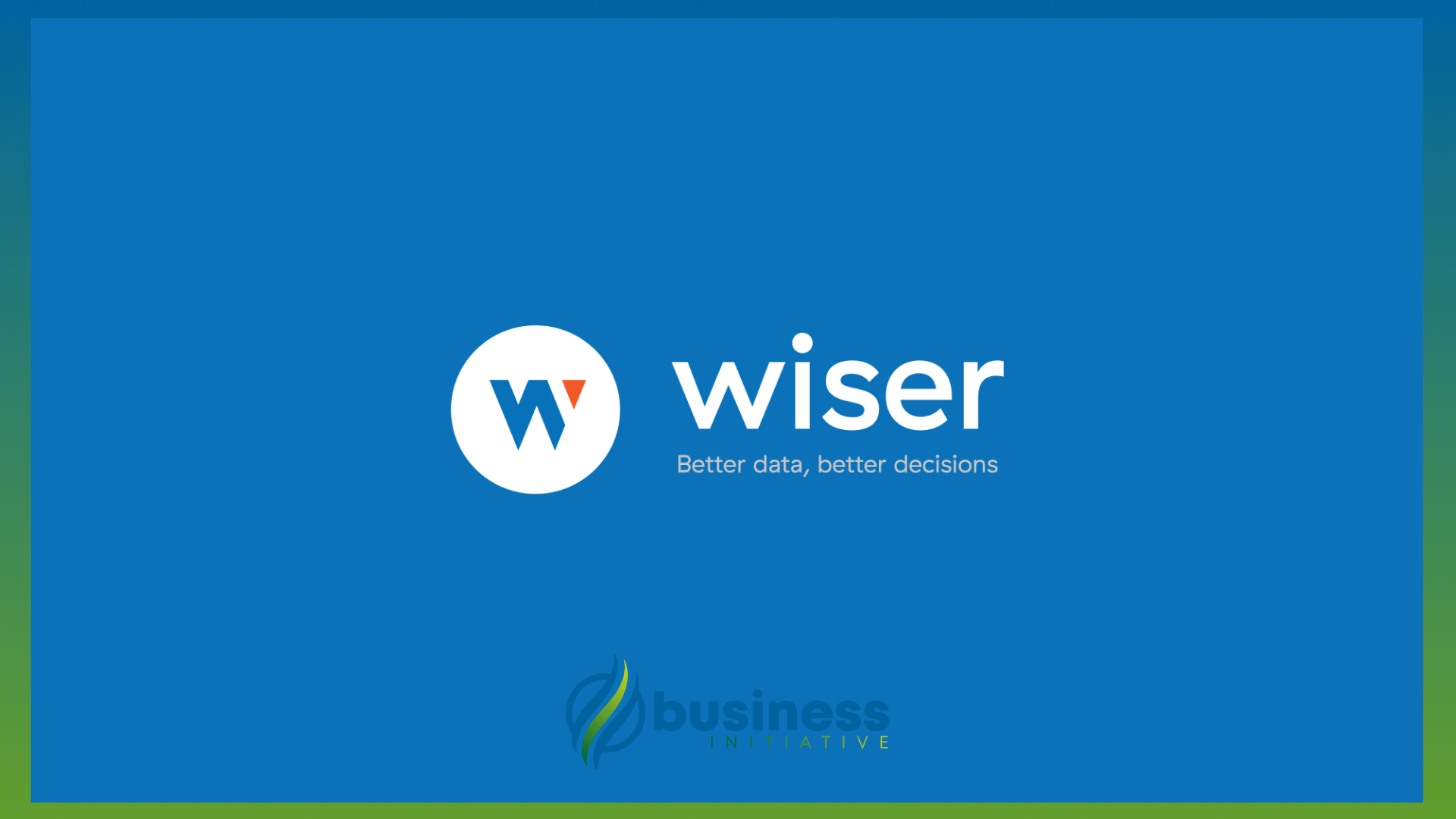
Wiser is a dynamic pricing and repricing platform that caters to a wide range of industries, including e-commerce, retail, and distribution.
It offers real-time price monitoring, competitive analysis, and automated repricing to help businesses stay competitive.
Pros:
-
Wiser provides up-to-the-minute data on competitor prices and market trends.
-
It allows for automatic adjustments of your prices based on predefined rules and competitive changes.
-
Gain valuable insights into your competitors’ pricing strategies.
Cons:
-
Wiser’s pricing can be on the higher side for smaller businesses.
-
The platform may have a learning curve for users new to dynamic pricing.
Optimal Use:
Wiser is ideal for mid to large-sized businesses looking to automate their pricing strategies.
It’s best suited for industries where regularly scheduled pricing adjustments are critical for staying competitive.
RepricerExpress
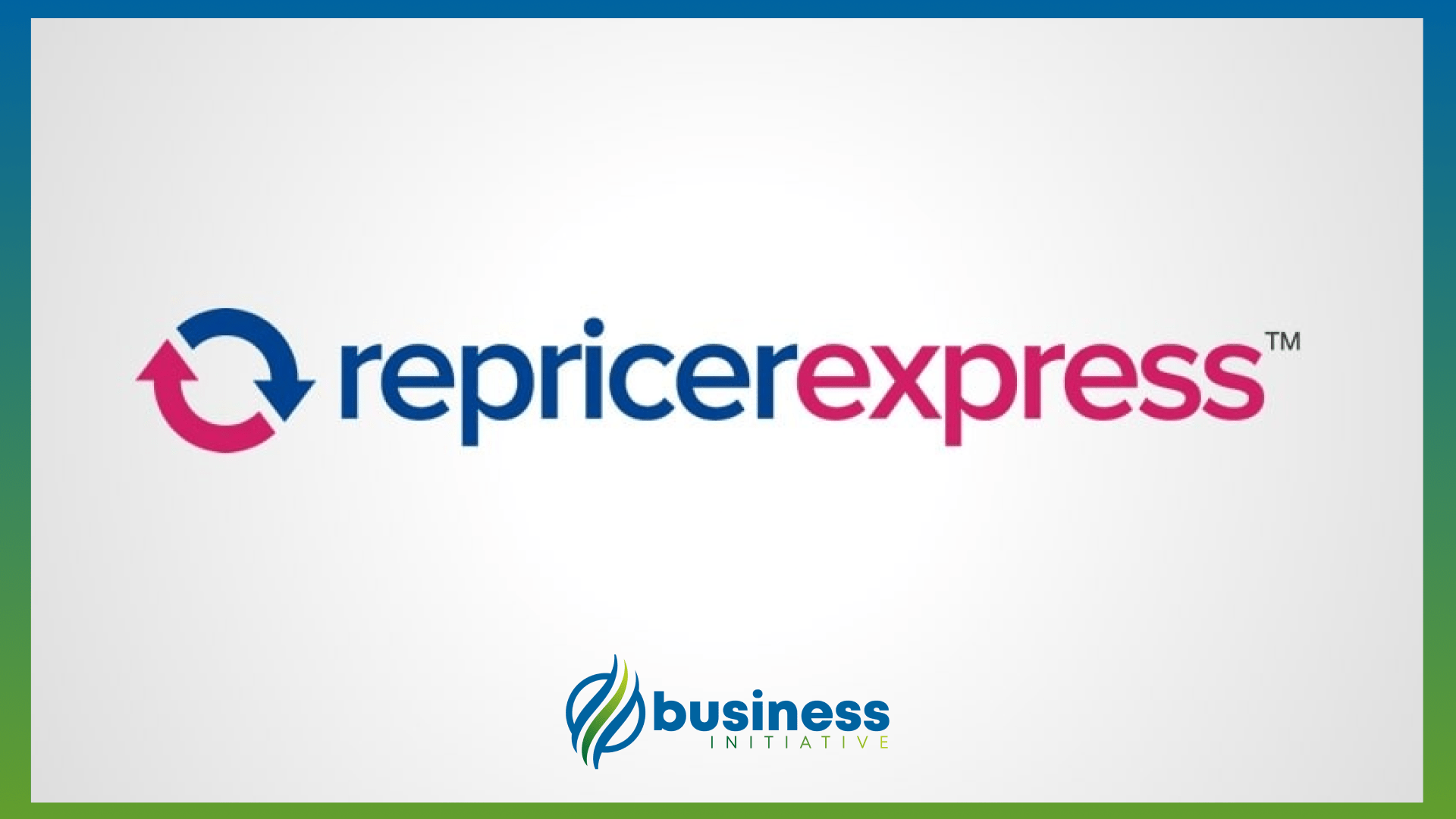
RepricerExpress is a dynamic repricing tool designed for Amazon sellers.
It specializes in helping sellers optimize their product pricing on the Amazon marketplace.
Pros:
-
RepricerExpress is tailored specifically for Amazon sellers, offering features like Buy Box repricing.
-
Users can define custom pricing rules to adjust prices automatically based on specific conditions.
-
Ensures that your product prices remain competitive in real time on Amazon.
Cons:
-
It is primarily designed for Amazon sellers and may not be suitable for businesses selling on other platforms.
-
Pricing plans may vary based on the number of products, potentially making it expensive for larger inventories.
Optimal Use:
RepricerExpress is perfect for Amazon sellers who need to stay competitive in the highly dynamic Amazon marketplace.
It’s a valuable tool for winning the Buy Box and increasing sales.
Zilliant
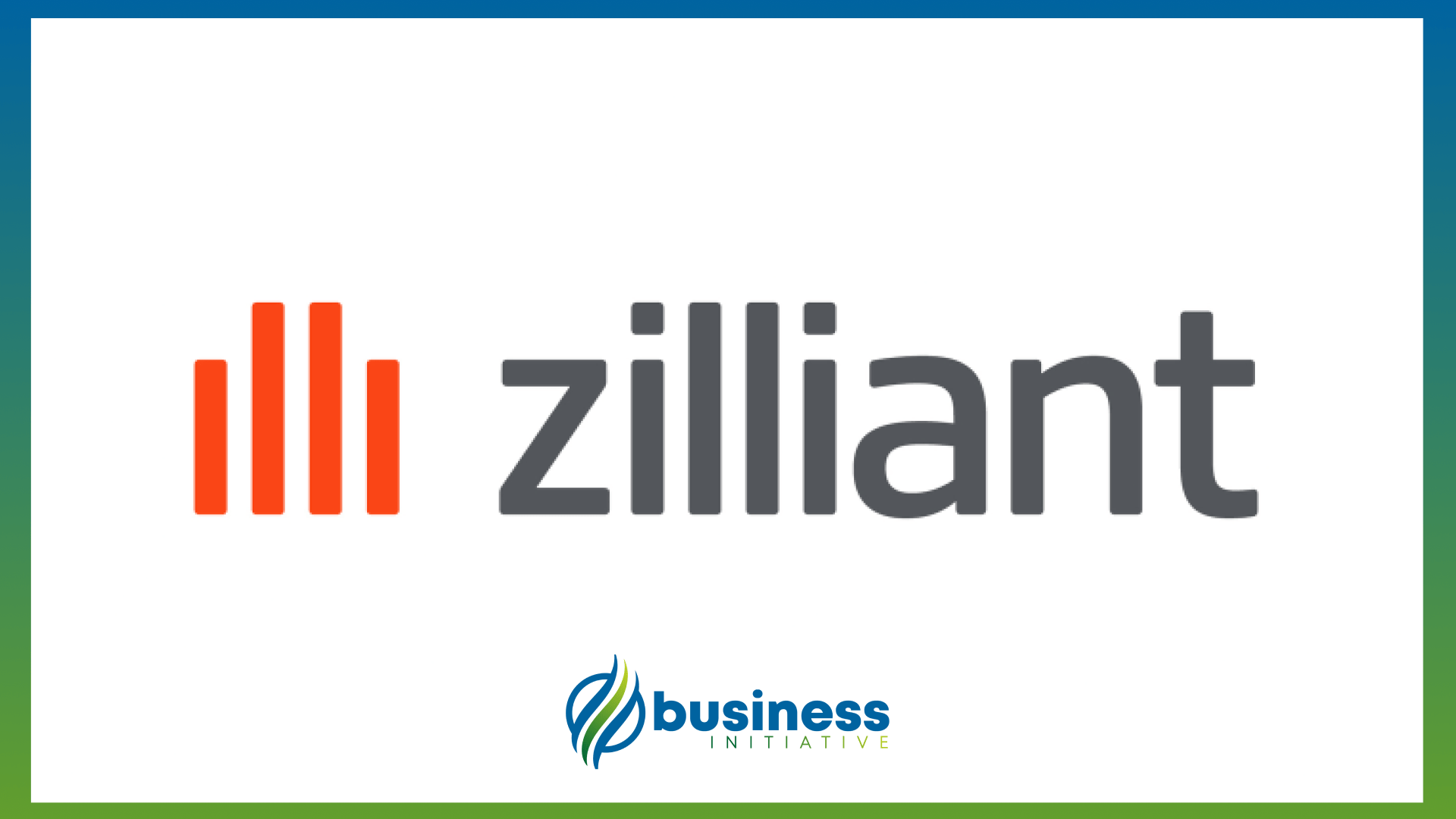
Zilliant offers AI-driven price optimization solutions for B2B industries.
It’s focused on helping manufacturers, distributors, and industrial service companies optimize pricing and sales strategies.
Pros:
-
Zilliant specializes in B2B pricing optimization, catering to complex pricing scenarios.
-
Utilizes advanced machine learning and AI algorithms to optimize prices.
-
Suitable for larger enterprises with complex pricing structures.
Cons:
-
The complexity and features of Zilliant may be excessive for small to mid-sized businesses.
-
The cost of Zilliant’s services can be relatively high.
Optimal Use:
Zilliant is best suited for B2B companies in manufacturing, distribution, and industrial services.
It’s ideal for businesses with complex pricing structures and a need for advanced AI-driven optimization.
Wheelhouse
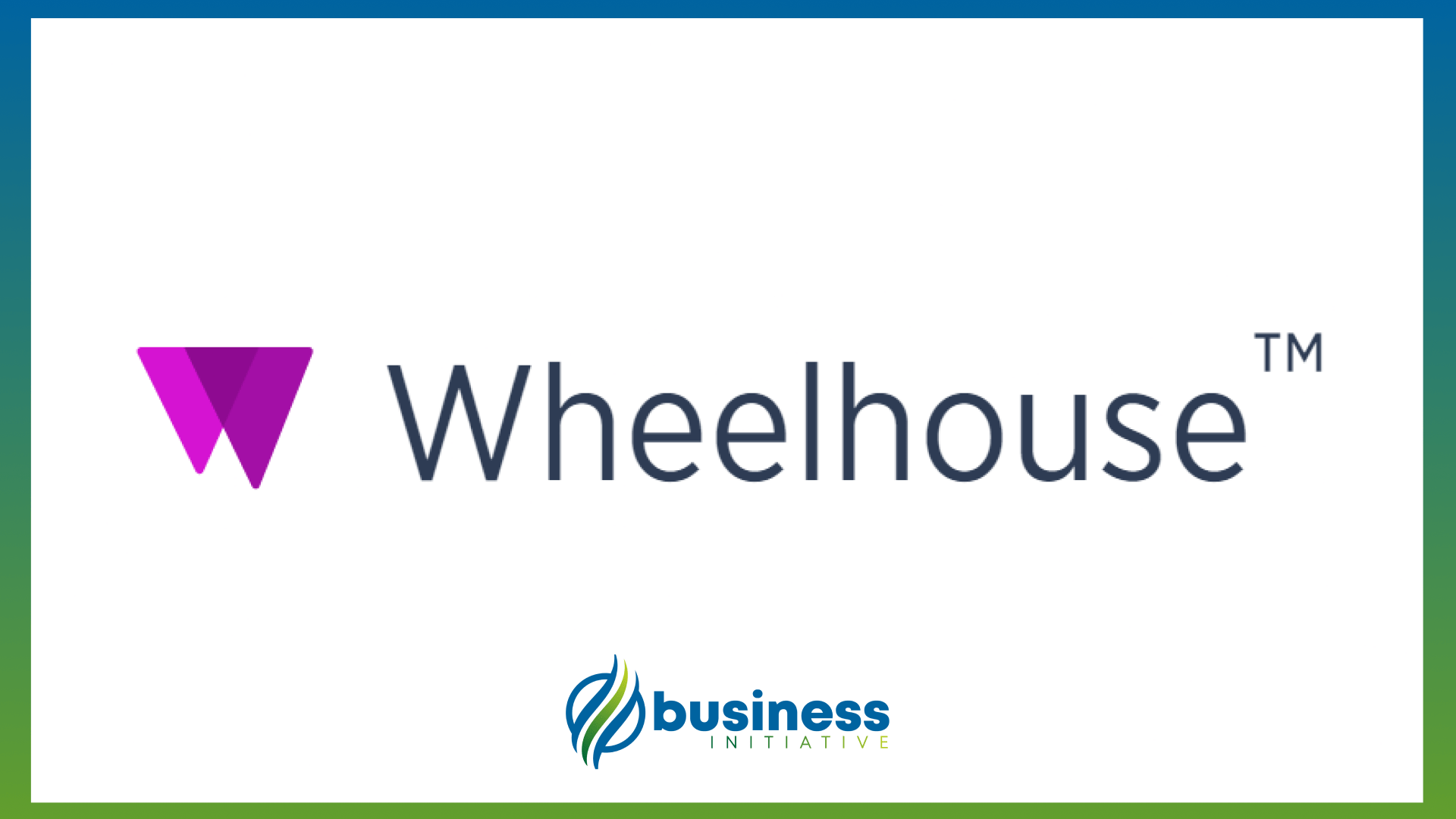
Wheelhouse is used by thousands of accommodation providers, from those with 1 to 5,000+ listings.
It helps increase revenue, save time, and scale portfolios.
It offers a suite of Revenue Management products, including dynamic pricing, competition tracking, and portfolio performance insights.
Wheelhouse is powered by a fully-transparent pricing engine, and it serves markets in 100+ countries. It integrates with leading property management systems (PMS) and channel managers (CM).
Pros:
-
Trusted by accommodation provider
-
Fully-transparent pricing engine, extensive market coverage, integrations with PMS and CM.
-
Offers fixed rate and percentage based pricing options
Cons:
- Caters more to the accommodation industry.
Optimal Use:
Wheelhouse is best for accommodation providers looking to optimize pricing, track competition, and gain insights into portfolio performance.
SelectHub
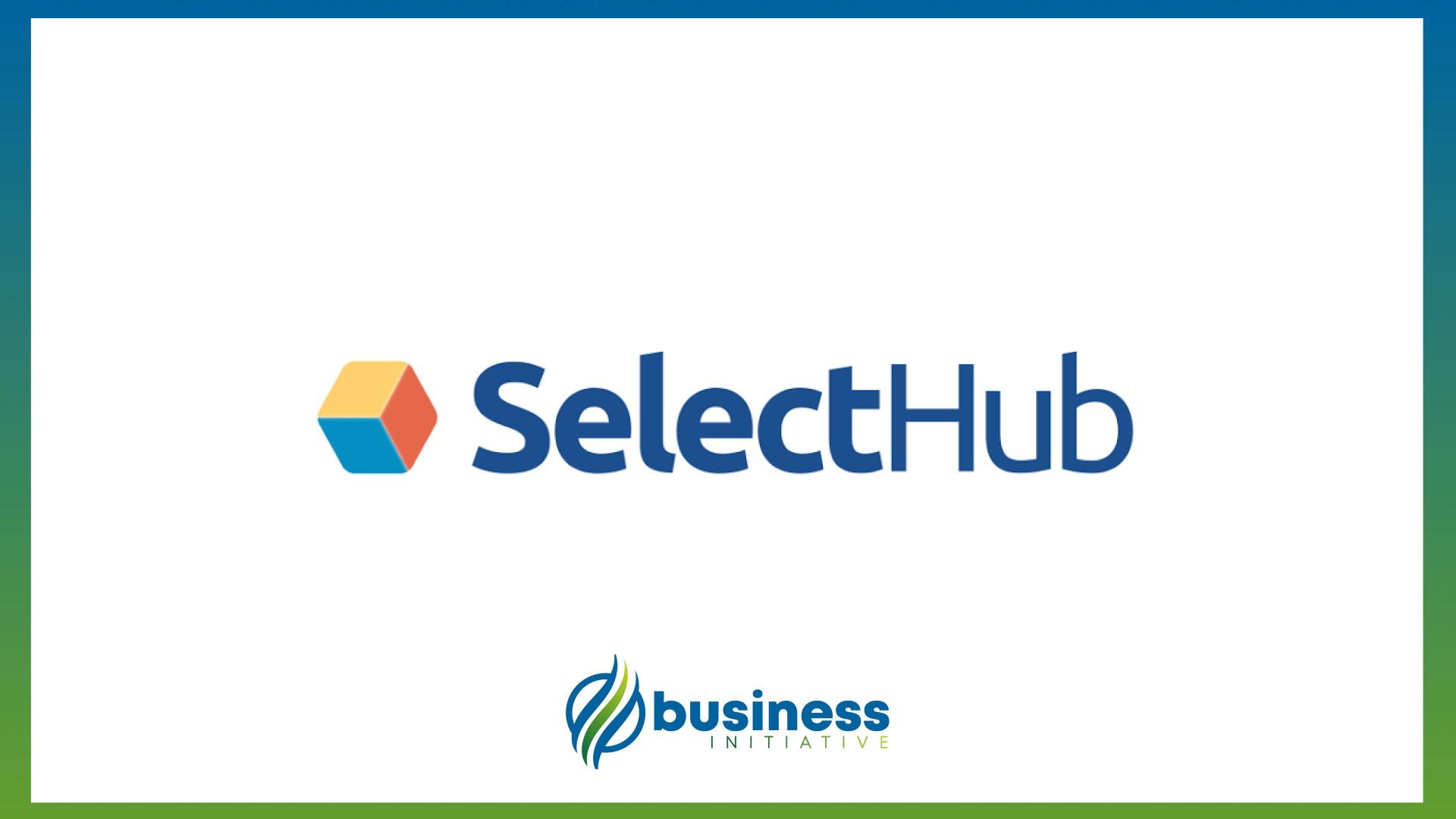
SelectHub provides a Software Selection Management platform that assists businesses in selecting the right software solutions, including dynamic pricing tools.
It offers a comprehensive suite of resources and tools to streamline the software selection process.
Pros:
-
Helps in software selection
-
Offers resources and tools for decision-making.
Cons:
-
Not a specific dynamic pricing tool
-
Requires further exploration for dynamic pricing solutions.
Optimal Use:
SelectHub is optimal for businesses seeking guidance and resources to select the most suitable dynamic pricing software based on their specific needs.
These tools offer a range of capabilities and are tailored to different business needs.
When choosing a tool, it’s essential to consider the specific requirements of your business, budget constraints, and the industry you operate in.
Additionally, larger enterprises with unique pricing challenges may be better off opting for custom-built software solutions to address their specific needs.
FAQs - Frequently Asked Questions About Dynamic Pricing

What is dynamic pricing?
Dynamic pricing is a strategy where prices are adjusted in real-time based on market demand, competition, and other factors.
Learn More...
Dynamic pricing involves continuously changing prices based on algorithms that consider various factors like customer demand, time of day, weather, competitor prices, and inventory levels.
It's commonly used in industries like airlines, hospitality, and e-commerce.
For example, airline ticket prices often fluctuate based on factors like booking time, seasonality, and seat availability.
How does dynamic pricing benefit businesses?
Dynamic pricing helps businesses maximize profits by optimizing prices in real-time according to market conditions.
Learn More...
By using dynamic pricing, businesses can adjust their prices to match demand, ensuring they are not undercharging during high demand or overcharging during low demand, thereby maximizing revenue.
For instance, hotels often increase room rates during peak tourist seasons and lower them during off-peak times to maintain occupancy rates.
Is dynamic pricing fair to customers?
Dynamic pricing is generally considered fair as it reflects real-time market conditions, though it may sometimes lead to customer dissatisfaction.
Learn More...
While dynamic pricing is based on supply and demand principles and is legally acceptable, it can sometimes lead to perceptions of unfairness among customers, especially if prices change rapidly or drastically.
Businesses must balance profitability with customer satisfaction and avoid practices that may seem discriminatory or exploitative.
What industries commonly use dynamic pricing?
Industries like airlines, hotels, e-commerce, and ride-sharing services commonly use dynamic pricing.
Learn More...
Dynamic pricing is prevalent in industries with high variability in demand.
Airlines adjust ticket prices based on factors like demand, time of booking, and seat availability.
Hotels change room rates based on occupancy and season.
E-commerce platforms adjust product prices based on competitor pricing and demand, and ride-sharing services like Uber implement surge pricing during high-demand periods.
How is dynamic pricing implemented?
Dynamic pricing is implemented using data analysis, algorithms, and software tools to adjust prices in real-time.
Learn More...
Implementing dynamic pricing requires collecting data on market conditions, customer behavior, and competitor pricing, developing pricing algorithms, and using software tools for automation.
These tools adjust prices in real-time, based on predefined rules and market data.
Continuous monitoring and adjustment are necessary to ensure effectiveness and customer satisfaction.
Can dynamic pricing lead to higher sales?
Yes, dynamic pricing can lead to higher sales by attracting customers with optimized prices.
Learn More...
By adjusting prices according to market demand, businesses can attract more customers during low-demand periods with lower prices and capitalize on high-demand periods with higher prices.
This flexibility in pricing helps in maintaining a steady flow of sales and can increase overall revenue.
How do consumers generally react to dynamic pricing?
Consumer reactions to dynamic pricing vary, with some appreciating fair market rates and others feeling frustrated by fluctuating prices.
Learn More...
Consumer reaction to dynamic pricing is mixed.
Some consumers appreciate paying prices that reflect current market conditions, while others may feel frustrated or exploited, especially if they perceive the pricing changes as too abrupt or without clear justification.
Transparency and communication about pricing strategies can help mitigate negative reactions.
Does dynamic pricing use artificial intelligence?
Yes, many dynamic pricing models use artificial intelligence (AI) and machine learning for price optimization.
Learn More...
AI and machine learning algorithms in dynamic pricing analyze large sets of data to predict demand and optimize pricing.
These algorithms can learn from market trends, customer behaviors, and past pricing outcomes to make more accurate pricing decisions in real-time.
What are the ethical considerations in dynamic pricing?
Ethical considerations include avoiding discriminatory pricing and maintaining transparency with customers.
Learn More...
Businesses must ensure their dynamic pricing strategies do not discriminate against certain customer groups or exploit consumers during emergencies or shortages.
Maintaining transparency about how prices are determined and providing customers with value for their money are key ethical considerations.
How does dynamic pricing differ from traditional pricing?
Unlike traditional fixed pricing, dynamic pricing continuously adjusts prices based on real-time market data and demand.
Learn More...
Traditional pricing strategies often involve set prices based on costs and a fixed profit margin, whereas dynamic pricing is fluid, changing in response to market conditions like demand fluctuations, competitor actions, and external events.
This approach allows for more flexibility and responsiveness in pricing decisions.
In Summary…
Dynamic pricing emerges as a pivotal strategy in today’s competitive business environment, offering a data-driven approach to price optimization.
Dynamic pricing isn’t just a tactic; it’s a comprehensive strategy that involves analyzing market conditions, customer behaviors, and competitor actions to optimize prices for maximum profitability.
By implementing dynamic pricing, you can give your business a competitive edge.
You can better respond in real-time to market changes, capitalize on demand fluctuations, and adjust to competitor strategies, ensuring optimal pricing at all times.
This approach is particularly beneficial in industries with high variability in demand and competition.
The practical benefits of adopting dynamic pricing include:
-
Increased Sales and Profits: By optimizing prices based on market demand and competition, businesses can maximize their revenue and profit margins.
-
Competitive Advantage: Dynamic pricing provides the agility to respond quickly to market changes, giving businesses an edge over competitors with static pricing strategies.
-
Customer Insights: The data collected for dynamic pricing offers valuable insights into customer behavior and preferences, aiding in better decision-making and targeted marketing.
-
Efficiency and Automation: Modern dynamic pricing tools automate the pricing process, reducing manual effort and allowing businesses to focus on other strategic areas.
To effectively harness the potential of dynamic pricing in your business, we invite you to schedule a consultation call with our experts at Business Initiative.
We provide tailored advice and solutions to implement dynamic pricing strategies effectively in your specific industry context.
Don’t miss out on this opportunity to boost your business’s profitability and competitive edge.
Also, stay informed and ahead in the dynamic world of business by subscribing to our newsletter and following us on X (Twitter).
Tweet to @BisInitiative
Get regular updates, insights, and tips on dynamic pricing and other business strategies that can transform your company’s performance.
Take the next step towards revolutionizing your pricing strategy!


